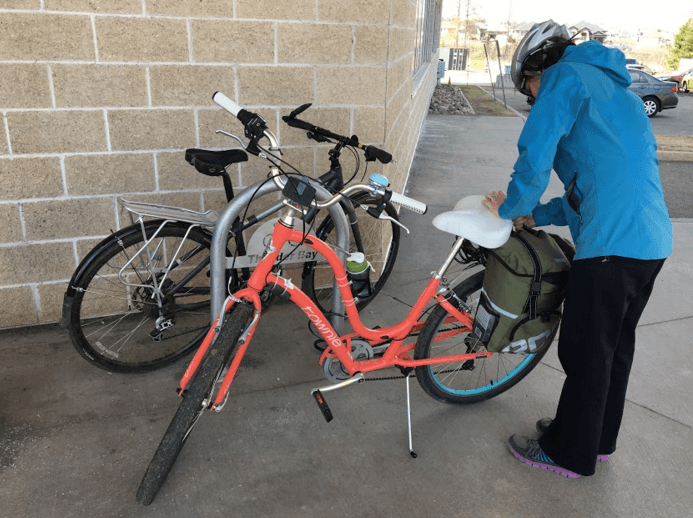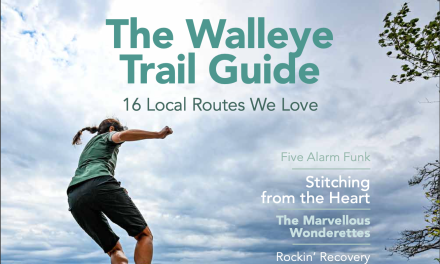By Sara Chow, Thunder Bay Regional Health Sciences Centre
The Commuter Challenge asks Canadians to try getting to work just one time using a transportation method other than driving alone—carpooling, walking, city transit, biking, inline skating, or any combination of all of these options.
Although the purpose of the Commuter Challenge is to try a more sustainable method of transportation, the real challenge is rethinking the purpose of our commute. Our commute can be so much more productive than simply just getting us to work. It can be a way to enhance our health and work-life balance, boost the local economy, and influence social cohesion.
 The greatest benefit of actively commuting to work is increasing your physical activity. A recent study in the UK comparing the health of 260,000 British adults with an average age of 53 years showed that the people who were cycling commuters cut their risk of cancer by 45% and risk of heart disease by 46% in comparison to commuters who drove a car or used city transit. Cycling commuters also had greater health benefits than walking commuters. Other studies also show that people who actively commute to work are more alert, happier, and productive during their work day.
The greatest benefit of actively commuting to work is increasing your physical activity. A recent study in the UK comparing the health of 260,000 British adults with an average age of 53 years showed that the people who were cycling commuters cut their risk of cancer by 45% and risk of heart disease by 46% in comparison to commuters who drove a car or used city transit. Cycling commuters also had greater health benefits than walking commuters. Other studies also show that people who actively commute to work are more alert, happier, and productive during their work day.
One of the top reported reasons why people don’t get enough physical activity is because they don’t have enough time. Incorporate your activity into your commute to make greater use of your time. If you live within 5 km of your workplace (the ideal active commute distance), actively commuting to work could take less than an hour a day, but long enough to get your daily bout of exercise in. You don’t have to do it every day—maybe try Fridays to start. Or walk to work and let your partner or teenager pick you up after work.
Actively commuting to work has also been shown to boost local economies and influence social cohesion. When you aren’t driving, you are less likely to travel to shopping locations that are further away (i.e. big box stores), and more likely to stick to local shops. This also encourages citizens to get to know their neighbourhoods more, building stronger ties and relationships within their community. Finding other methods, like carpooling, can also help to ease traffic congestion during the busy construction months, and save on parking fees, gas money, and regular vehicle maintenance.
Make your commute meaningful. For most people it’s not realistic to completely opt out of driving, but you can challenge yourself to rethink your ride to get your exercise, save money, and have some fun. The Commuter Challenge runs from June 4-10, 2017, but you can challenge yourself to rethink your ride anytime. You can sign up for the Commuter Challenge at commuterchallenge.ca.














